Description
Gmelina arborea is a deciduous trees that attains height up to 20 meters. The bark is grayish white colored, which exfoliates in thin flakes. The leaves are simple, opposite and heart shaped tapering towards the apex with length of 10-25 cm and breadth of 8-20 cm. The flowers are bisexual having reddish to yellow color; resemble to those of vasa flowers. The fruits are orange yellow colored oval drupes which on ripening give sweetish odor, with 1-2 seeds.
Root pieces are greyish brown and almost cylindrical with irregular surface. It is tough in bark, brittle and predominant in woody portion. The seeds are hard and have oblong surface with smooth, seed coat thin, papery oily in taste.
General Description
Gambhari is fast growing deciduous tree which is among Dashamoola group of herbs (group of ten roots). Gambhari is a known bitter tonic and its fruits as general tonic in weakness. It treats vata and pitta diseases. The roots, fruits and the leaves of Gambhari have great medicinal value therefore traditionally it was wide in use as anthelmintic, antimicrobial, anti-diabetic, anti-aging, analgesic, diuretic, hepato-protective and antiepileptic agent. The fruiting of this tree happens in May and June.
Its roots comprise yellow thick, oil, resin an alkaloid and little benzoic acid.
Fruits consist of butyric acid and tartaric acid, sugar and little tannin.
Its leaves contain luteolin, which is an antioxidant classified as a flavonoid.
Classification
- Kingdom: Plantae
- Class: Angiosperms
- Sub class: Eudicots
- Super order: Asterids
- Order: Lamiaceae
- Family: Verbinaceae
- Genus: Gmelina
- Species: arborea
Habitat
Gambhari is native of Pakistan, Bhutan and India and it is globally distributed from Brazil to Indo-Malaysia. Throughout India it is distributed in Deccan Peninsula in Nilgiri, along with eastern and Western Ghats to moist deciduous forests like Himalaya. It is found in Uttar Pradesh, Punjab, Dehra Dun, Orissa, West Bengal, Assam, Madhya Pradesh, Maharashtra, Andhra Pradesh, Karnataka, Kerala and Tamil Nadu, Andaman Islands.
It also grows naturally in Myanmar, Thailand, Laos, Cambodia, Vietnam, and in southern provinces of China, and has been planted widely in Sierra Leone, Nigeria, Malaysia, and on experimental basis in other countries as well.
These trees grow well in moist, fertile soil having good drainage. Its natural reproduction takes place in rainy season after the drupes fall to the ground.
Ayurvedic Properties
| Hindi / Sanskrit | English | ||
| Rasa | Tikta, Kashaya, Madhura | Taste | Bitter, Astringent, Sweet |
| Guna | Guru | Physical Property | Heavy |
| Virya | Ushna | Potency | Hot |
| Vipaka | Katu | Metabolic Property (After Digestion) | Pungent |
Effects On Doshas
It balances Vata and Pitta Doshas.
| Charak Samhita | Sushruta Samhita | Vagbhata |
| · Shothahara – Group of herbs to relieve inflammation
· Dahaprasahmana – Group of herbs to relieve burning sensation · Virechanopaga – Group of herbs useful in Virechana |
· Sarivadi
· Brihat Panchamula |
· Sarivadi |
Ancient Verse About Gmelina Arborea
The name and the properties of Gambhari are Gambhari, Bhadraparni, Shriparni, Madhuparnika, Kasmiri, Kashmari, Hora, Kashmarya, Pitharohini, Madhu rasa and Mahakusumika all are Sanskrit names of Gambhari. It is sweet, astringent, bitter in taste with hot potency and heavy in nature. It promotes digestive fire and is a purgative. It manages vertigo, inflammation, vata disorders, pain, piles, fever, heat and toxins.
Properties of fruits of Gambhari – It supports healthy tissues of the body. It is aphrodisiac in nature. It is also good for hair and rejuvenating. It manages anemia, constipation, vata-pitta disorder, thirst as it is cold in Potency with detoxifying properties. It is good for body heat, epistaxis and emaciation.
References
The Bhavprakash nighantu with elaborated Hindi commentary by Padmashri prof. K.C. Chunekar, edited by Dr. G.S. Pandey: edition of 1998; verse 14-18, page no. – 276-278.
Practical Uses Of Gmelina Arborea
- This herb is capable to suppress pain and inflammation.
- Helpful herb to improve digestion and absorption in the body.
- Good supporter for normal functioning of heart.
- Useful in maintaining the normal blood pressure level.
- It is used in improving brain functioning and it has feature to improve intelligence.
- Natural anti-aging agent.
- It’s a natural herb to prevent hemorrhages;
- A natural strength enhancer of the body.
- It has properties of a good aphrodisiac agent.
- It is diuretic in nature.
- One of the useful herb which has features to increase milk secretion in the lactating mothers.
- Fruits of Gambhari are having uses in haemorrhoids.
- Its properties improve the quantity and quality of semen.
- Fruit of Gambhari is also efficient in nourishing hair and promotes the growth of hair.
- It can provide relief from burning sensation.
- The fruit of this herbaceous plant is found to be useful natural agent in bleeding disorders like nasal bleeding, heavy periods, etc.
- It treats thirst, vata disorders wounds and emaciation.
- Gambhari roots are also suitable remedy in ascites due to Vata
- It helps in normalizing the abnormally raised temperature.
- The fruits have advantageous anabolic effects in tuberculosis to accelerate the healing of cavitation in the lungs.
- External application of the paste of the leaves on the forehead lessens the headache, especially in fever.
- The decoction of its root can be used for abdominal tumors.
- Flowers have its use in Leprosy.
- Root and Bark are beneficial herbal agent in hallucination, piles, abdominal pain, burning sensations, fever, tridoshas diseases and urinary infection.
Part Used
- Root
- Fruit
- Flower
- Leaves
Dosage
- Root bark decoction 50-100 ml
- Fruit powder 1-3 g


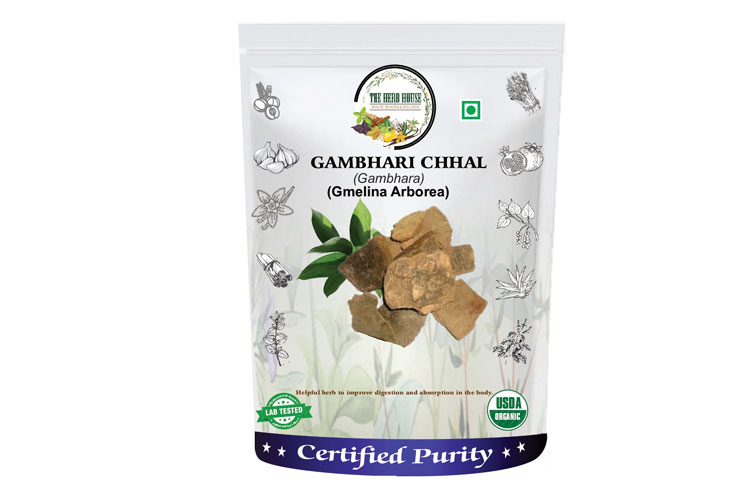
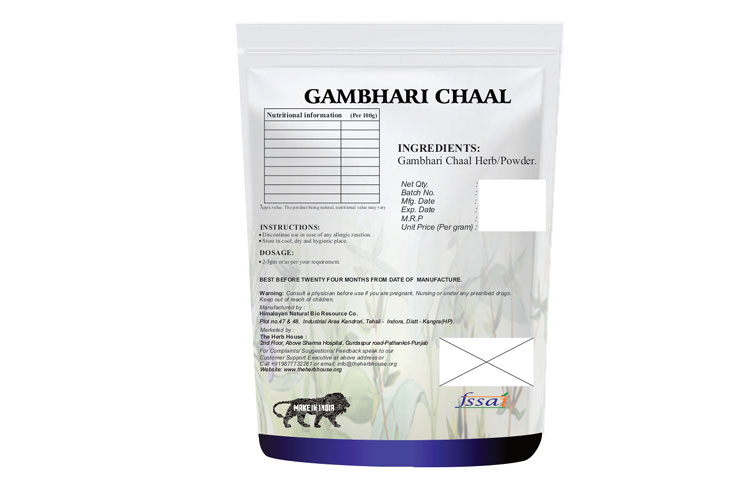
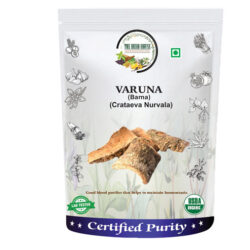
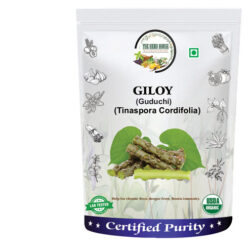
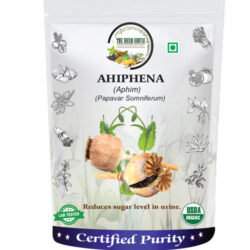
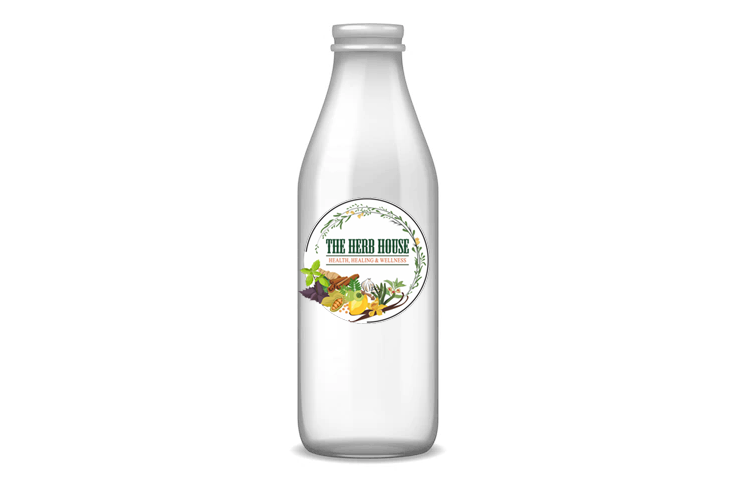
Reviews
There are no reviews yet.